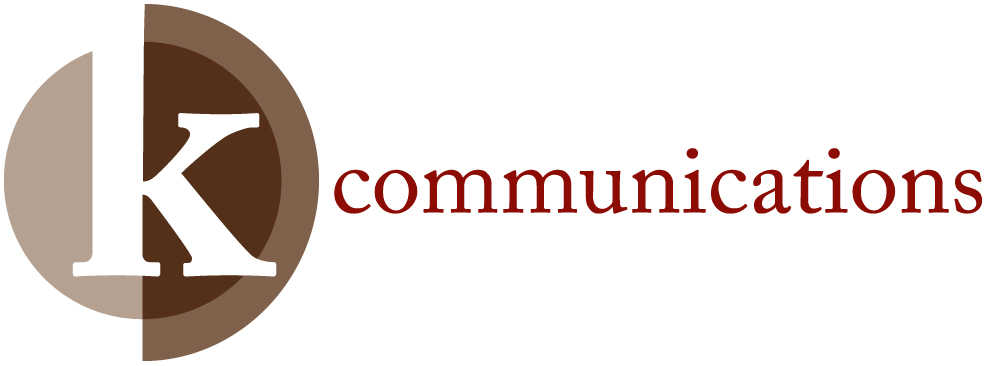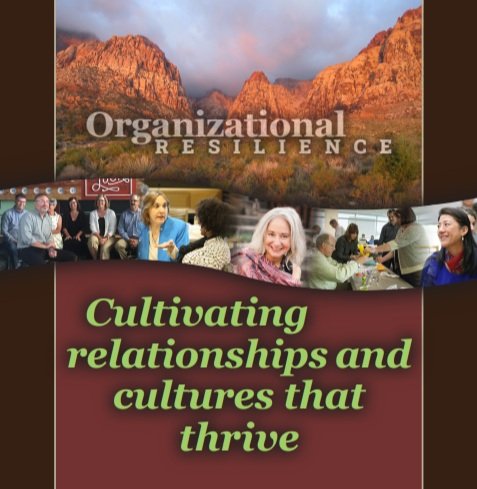Candor - Is it welcomed at your workplace?
/Imagine a workplace where people are interacting in an open, honest, and forthright way; communicating without reservation, saying what they mean.
Now imagine that workplace is also guided by the spirit of compassion – where interactions are both frank and kind; genuine and thoughtful.
From a communication practitioner’s perspective, it sounds like workplace utopia! It sets the stage for robust organizational health - building relationship with every conversation. It also has the potential to create a true learning and collaborative environment. Imagine that!
Author Kim Scott, in her book, Radical Candor, speaks of a communication framework that is both challenging and caring, combining direct feedback with empathy. The aim of such a framework is to promote growth through sincere praise and clear, kind criticism. In other words, the kind of cultural backbone that builds respect, trust, and excellence.
Getting to Candor
There’s a collection of skills and a particular mindset required to be effective at candor. It is not sufficient to be “direct”. Or “tell it like it is”, as if one has zero responsibility for their emotional wake. It is not a euphemism for brutal honesty. Practicing being candid isn’t about being stubbornly right. It is not a blank check to spew out your unprocessed thoughts and emotions. Also important to keep in mind, your candor isn’t necessarily “the truth”, nor does your opinion need to be expressed in every situation.
The goal is not to create a psychologically safe culture. The goal is to create a culture that can meet the demands of your organization. A culture that can deliver on its “raison d'être.”
Psychological safety is the condition needed to foster such a culture, where candor is not only welcomed, but rewarded; where accountability is embraced, not merely experienced as a reprimand; where mistakes are portals of discovery, not shameful acts to be covered up; and where space is made for the vulnerable acts of risk- and initiative-taking, respectful disagreements, and not having the answers.
Psychological safety is an indicator of a healthy, learning culture of contribution. It’s not about niceties or avoiding discomfort. In fact, if your culture lacks spirited discourse, it may not be as psychologically safe as you think. People may be holding back, playing it safe vs. feeling safe, and thereby not being fully engaged in creative problem-solving.
Candor plants the seeds for trusted collaboration. It can set the tone for meaningful dialogue – sparking a shared curiosity and commitment to delivering on the work. It’s the antithesis of hidden agendas or manipulative insincerity.
Candor: It Can Be Refreshing
The fact that candor is frequently preceded by the adjective ‘refreshing’ suggests that it is often unexpected, a shift from guarded or euphemistic language. Candor, done right, can be refreshing and freeing. It can say, “I hold you in high regard and want to share my take on things”.
When people trust that you come with good intentions and speak your truth, they know where they stand with you. There’s less ambiguity and second guessing about the message or the motivation. This results in more transparency and less drama. And for those driven by efficiency – candor cuts through the noise and confusion that can stall progress.
Healthy candor is sharing your perspective, from the heart, with a desire to do so for the greater good, from a place of respect and care, while raising the collective bar. It’s about creating a culture that brings out our best - removing obstacles, challenging assumptions, bringing clarity to expectations, and daylighting blind spots. It does not coddle, nor does it demean.
Good employees want candor!
I sat writing this column at a local watering hole, and in classic Karen fashion, was observing the scene around me. There was a table of three having a grand ole time together. Observation turned to engagement and soon they invited me to join them. I explained I couldn’t stay as I had to finish my column, and they asked what I was writing about. I responded, “it’s about candor and psychological safety in the workplace”. I learned they worked for the USPS, across different departments, and they were caring, passionate, frustrated, hopeful, and hungry for their culture to evolve. When I explained that that psychological safety wasn’t about coddling but about creating the right conditions to do good work, one woman, wholeheartedly welcomed the idea, saying, we want a culture where we are “not babying, and putting up with ineptitude.”
Candor in Action
“What one person sees as helpful candor, another might experience as harsh criticism.”—Dr. Diane Hamilton, Forbes.com. It takes practice to strike the right balance. Here are some examples:
The CEO’s candor during the quarterly meeting helped employees understand the company’s challenges and how they could contribute to solutions.
“I appreciate your candor during that meeting. It was hard to hear but we had a more productive discussion as a result.”
“Our 1:1 meetings are invaluable to me, yet when you keep rescheduling them it feels like they are not a priority to you. I appreciate you are busy, but can we be more consistent in having them?”
“Well, I could have handled that better. My passion overrode my patience.”
Wanting a culture of trust and respect without a willingness to embrace radical candor is like wanting to be physically fit without the willingness and discipline to exercise regularly. It takes courage to overcome our fears to speak up and to stop tolerating a culture of mediocracy.
Imagine a Culture of Candor
Imagine a workplace where the unspoken is spoken, there are no “elephants in the room” and fewer backroom negotiations and side conversations!
Think of it as the capacity to articulate your perspective, your thoughts and feelings in a clear, impactful, and effective way.
If in doubt, consider Scott’s summary of radical candor, “saying what you think while giving a damn about the person you are saying it to”.



